The Ultimate Guide to Charging LiFePO4 Batteries
Proper charging is essential to maximize the performance and lifespan of your LiFePO4 battery. Following the correct procedures helps you get the most out of your investment. Here’s how to safely and effectively charge your LiFePO4 batteries.
Key Precautions for Charging LiFePO4 Batteries
Use the Right Charger
Always use a charger specifically designed for LiFePO4 batteries. Using an incompatible charger can damage the battery.Initial Charge
When using the battery for the first time, it must be fully charged and discharged to activate the cell and reach full capacity.Adequate Ventilation
Charge LiFePO4 batteries in a well-ventilated area to avoid overheating.Monitor Temperature and Voltage
Stop charging immediately if the battery temperature exceeds the recommended range or if the cell voltage surpasses the allowable limit.SOC Maintenance
For long-term storage (more than a month), maintain the state of charge (SOC) at about 50%. A quarterly adjustment is recommended.
Why Full Charging is Critical Before First Use
LiFePO4 cells must be charged to full capacity before assembly and initial use. This ensures the cells are balanced, preventing imbalances that can reduce overall battery performance. Even in simple setups, an initial charge helps optimize long-term use.
Can You Use a Lead-Acid Charger for LiFePO4 Batteries?
No, you should not use a lead-acid (SLA) charger for LiFePO4 batteries. It can damage or undercharge the battery. Only chargers with a constant current/constant voltage (CC/CV) technique compatible with LiFePO4 settings should be used to maintain proper performance and longevity.
Why Not Charge a LiFePO4 Battery Below 0°C / 32°F?
Charging below 0°C can cause lithium plating, a reaction that permanently reduces battery capacity. Lithium ions accumulate on the anode’s surface when charged in cold conditions, leading to higher internal resistance and reduced performance. Always adhere to the battery’s operating temperature specifications to avoid long-term damage.
How do you store and care for LiFePO4 batteries in winter?
Charging below 0°C can cause lithium plating, a reaction that permanently reduces battery capacity. Lithium ions accumulate on the anode’s surface when charged in cold conditions, leading to higher internal resistance and reduced performance. Always adhere to the battery’s operating temperature specifications to avoid long-term damage.
Winter Storage and Maintenance for LiFePO4 Batteries
-
Store at Proper Temperatures
Keep the battery between 32°F and 80°F. Extreme cold or heat can degrade the battery. -
Charge Regularly
Avoid fully charging or discharging the battery. Regularly top up the charge to keep it stable during colder months. -
Clean the Battery
Dirt and corrosion can impact performance. Use water and baking soda for a gentle cleaning to prevent power loss.
Understanding LiFePO4 Voltage Changes
LiFePO4 batteries experience voltage fluctuations during charging and discharging. The optimal charging voltage range is between 2.5V and 3.65V. Charging above 3.65V risks overcharging, while discharging below 2.5V can damage the battery. Typically, the voltage remains stable between 3.15V and 3.3V during discharge, providing consistent performance.
Note: LiFePO4 batteries do not require trickle charging, and applying it can lead to overcharging.
For additional technical support, contact sunwaybattery at devin@sunwaybattery.com

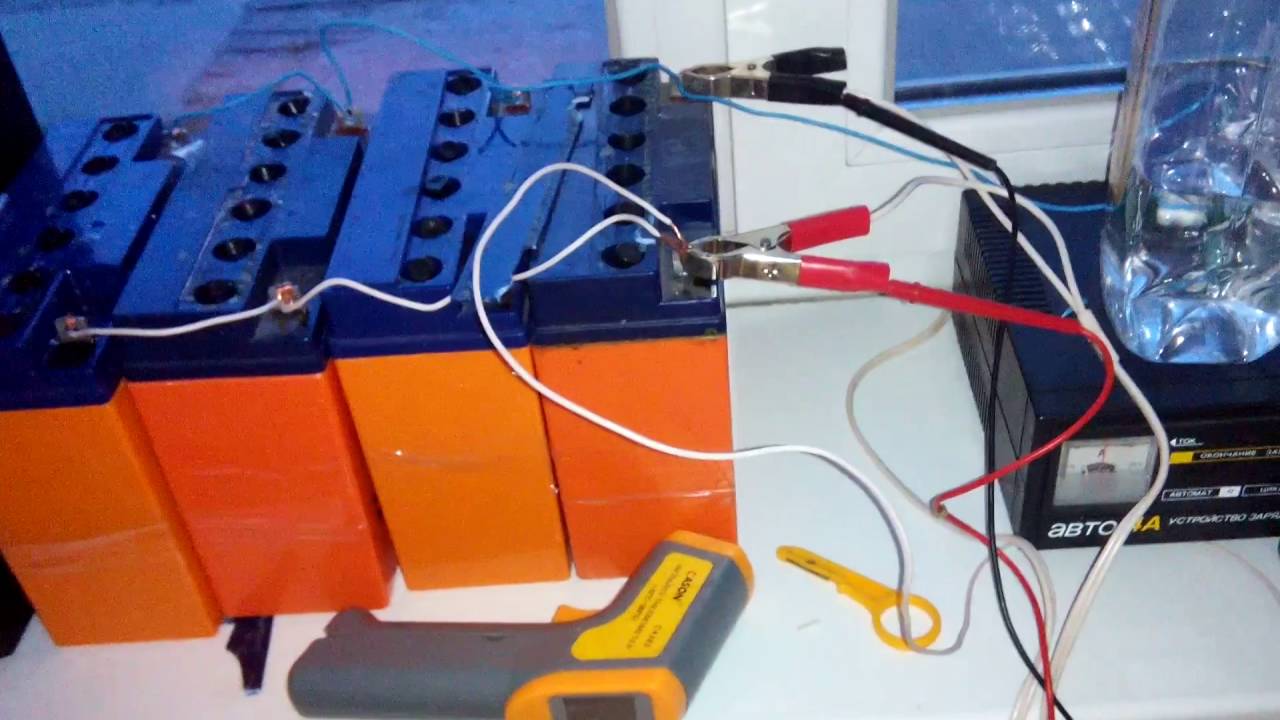

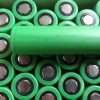
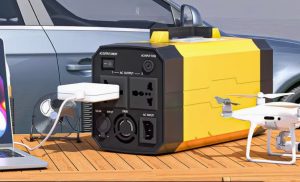
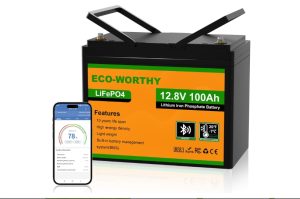
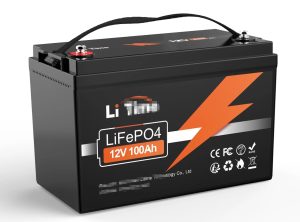
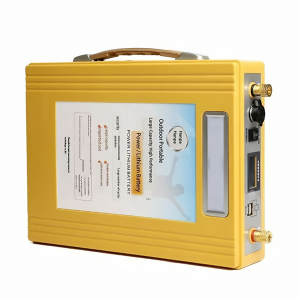
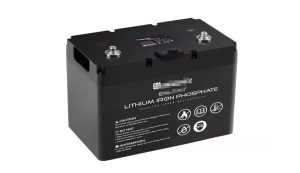
Add comment